Understanding The Conclave: Choosing The Next Pope
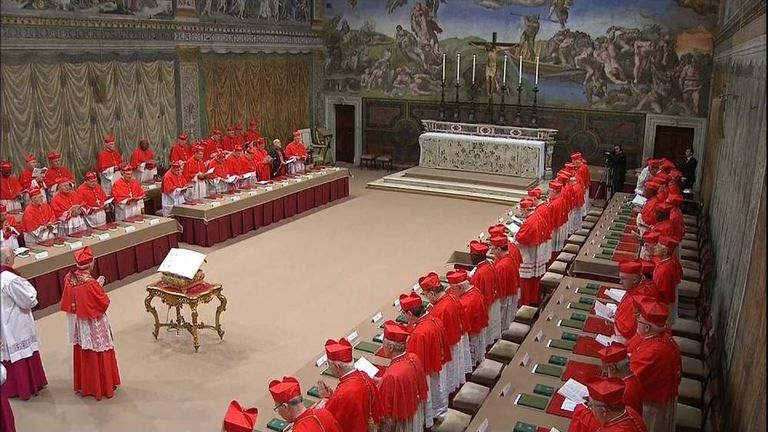
Table of Contents
The Process of the Papal Conclave
The election of a new Pope is a complex process, meticulously defined by centuries of tradition and evolving rules. It can be broadly divided into pre-conclave stages, the secluded voting process itself, and the scrutiny of the votes.
The Pre-Conclave Stages
Before the conclave even begins, several crucial steps must be taken:
- Death or Resignation: The death or resignation of the reigning Pope officially initiates the sede vacante (vacant see) period.
- The Camerlengo: The Camerlengo, a Cardinal, administers the Church during this period, overseeing its affairs until a successor is elected.
- Summoning the Cardinals: Cardinal electors are summoned to Rome. This involves notifying each Cardinal of their duty to participate in the conclave.
- Pre-Conclave Meetings: Important preparatory meetings are held to address administrative and logistical matters, ensuring a smooth and orderly conclave.
These preparatory phases are vital for ensuring the smooth transition of power within the Catholic Church.
Seclusion and Voting Procedures
Once the Cardinals arrive in Rome, the conclave begins. This involves:
- Seclusion in the Sistine Chapel: Cardinal electors are confined to the Sistine Chapel, completely cut off from the outside world, to ensure impartiality and prevent outside influence.
- The Voting Process: Secret ballots are cast, with each Cardinal writing their choice on a piece of paper. A two-thirds majority is required for a valid election.
- Smoke Signals: Following each round of voting, ballots are burned. Black smoke signals an inconclusive vote, while white smoke signifies the election of a new Pope. This ancient tradition serves as a visible sign to the world.
Scrutiny and the Role of Cardinals
The voting process, known as scrutiny, involves several rounds until a Pope is elected.
- Multiple Scrutinies: The voting continues until a candidate receives the necessary two-thirds majority.
- Cardinal Electors' Qualifications: Only Cardinals under the age of 80 are eligible to vote.
- Secrecy and Political Maneuvering: The utmost secrecy surrounding the conclave allows for open discussion and debate among the Cardinals, but it can also be a breeding ground for political maneuvering and strategic alliances.
Understanding the Cardinals: Key Players in the Conclave
The Cardinals are the central figures in the conclave. Their backgrounds, theological perspectives, and political leanings significantly influence the outcome of the election.
Cardinal Electors: Their Background and Influence
The selection of the next Pope is influenced by many factors:
- Theological Viewpoints: Cardinals' theological stances on various doctrines play a significant role.
- Regional Representation: A balance of representation from different regions of the world is often a consideration.
- Political Considerations: While officially a spiritual election, political factors inevitably play a subtle role.
- Papabile Cardinals: Certain Cardinals are considered "papabile"—meaning they are seen as potential candidates for the Papacy—often based on their experience, reputation, and theological positions. Speculation on potential papabile candidates is a common feature of the pre-conclave period.
Profiling key Cardinals and their potential influence is a frequent activity in the media leading up to a conclave.
The Role of the Dean of the College of Cardinals
The Dean of the College of Cardinals plays a crucial role in the conclave:
- Conducting the Conclave: The Dean presides over the conclave, ensuring the process adheres to established rules and procedures.
- Authority and Responsibilities: The Dean has significant authority, ensuring order and facilitating the voting process.
History and Evolution of the Papal Conclave
The process of choosing the Pope has evolved significantly over the centuries.
Historical Context and Significant Changes
The conclave's history is rich with significant events and reforms:
- Early Conclaves: Early forms of Papal elections were often chaotic and influenced by political pressures.
- Reforms and Changes: Over time, the Church implemented various reforms to streamline and regulate the conclave process. These aimed to reduce external influence and ensure a more transparent and orderly election.
Understanding this historical context sheds light on the current procedures and their development.
Modern Adaptations and Reforms
Recent changes have further modernized the conclave:
- Improved Security Measures: Modern security protocols ensure the integrity and secrecy of the conclave.
- Communication Technologies: While still highly secretive, limited communication technologies might be used to assist with administrative tasks.
A Deeper Understanding of the Conclave: Choosing the Next Pope
The Papal conclave represents a complex interplay of tradition, faith, and political considerations. The selection of the next Pope is a pivotal event, shaping the future direction of the Catholic Church. We've explored the process, the key players (the Cardinals), and the historical evolution of this remarkable event. Choosing the next Pope is a multifaceted process that demands careful study.
Learn more about the intricacies of the conclave and the process of choosing the next Pope by exploring additional resources. Delve deeper into the fascinating world of Papal elections through books, documentaries, and reputable websites dedicated to Vatican affairs and Church history. Expand your knowledge of this unique event!

Featured Posts
-
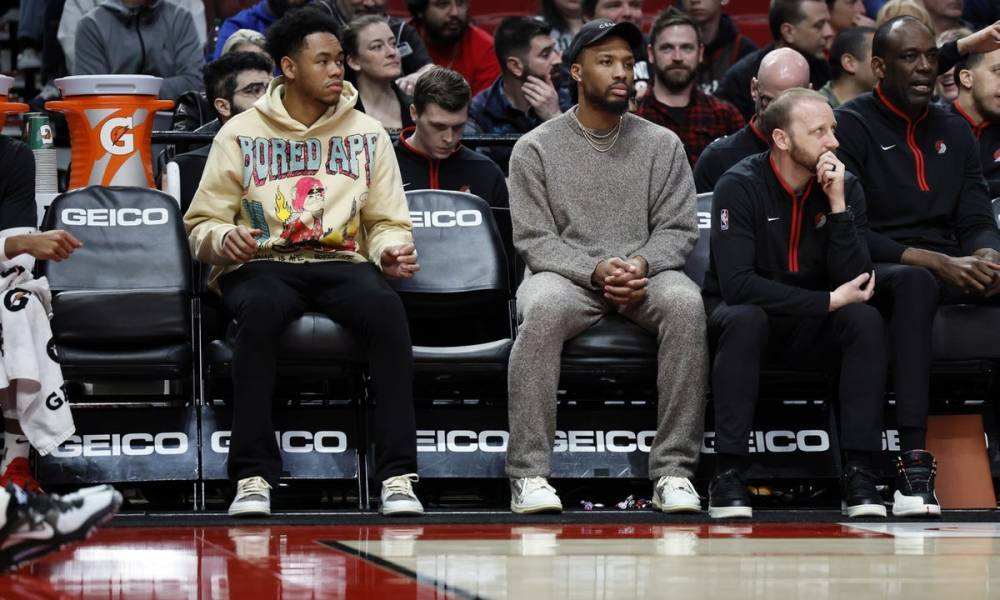 Where To Watch The April 11th Warriors Vs Trail Blazers Game
May 07, 2025
Where To Watch The April 11th Warriors Vs Trail Blazers Game
May 07, 2025 -
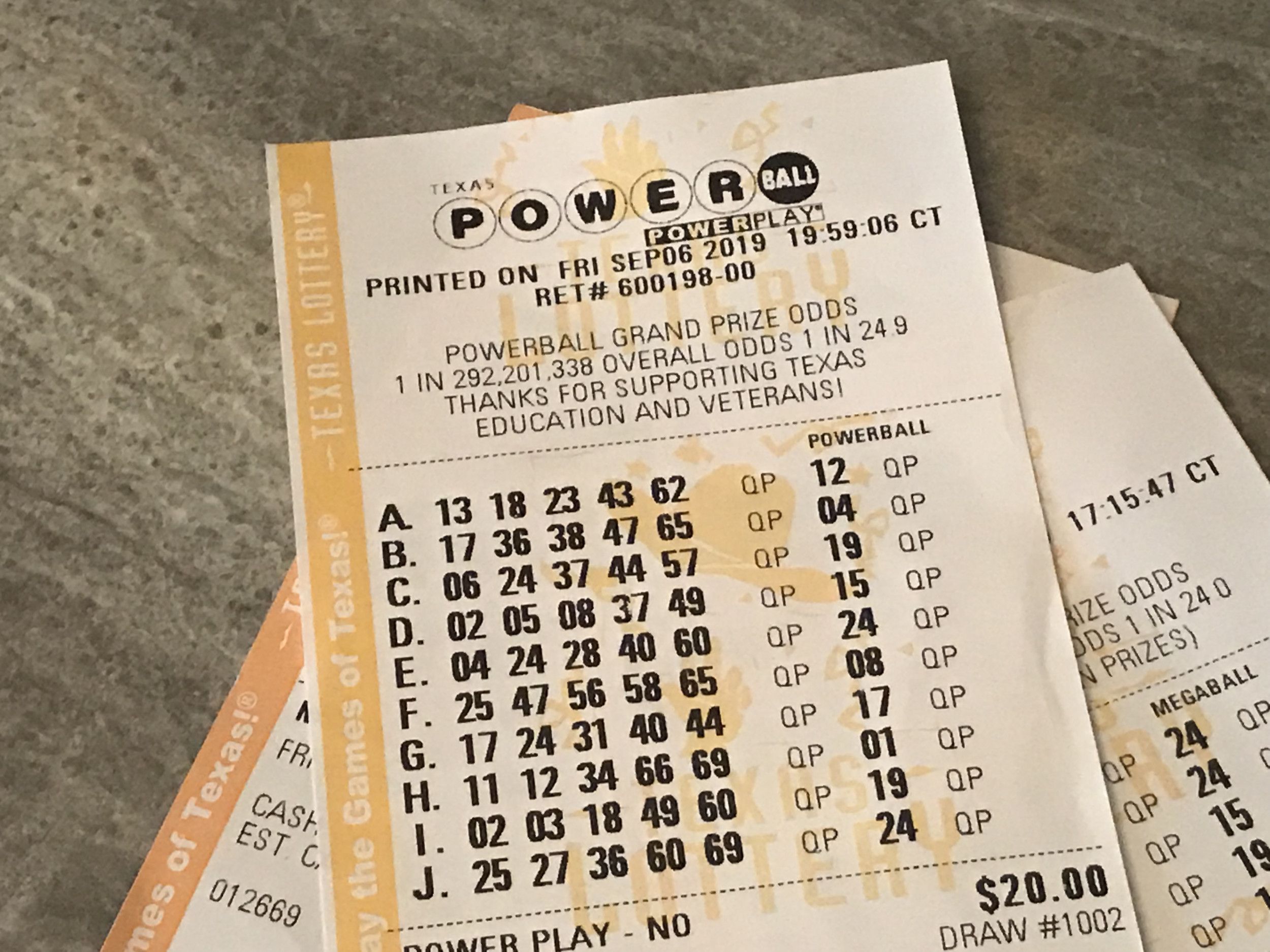 Saturday Lottery Jackpot Numbers For April 12th
May 07, 2025
Saturday Lottery Jackpot Numbers For April 12th
May 07, 2025 -
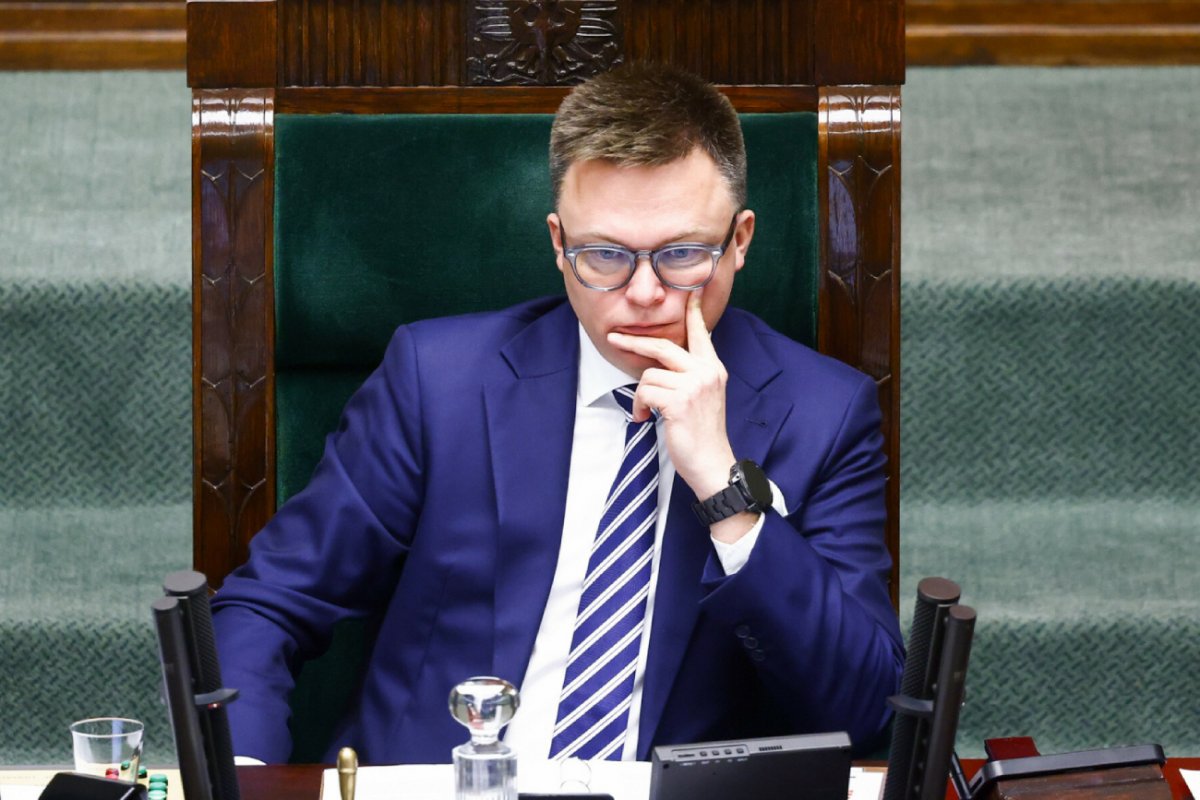 Najnowszy Sondaz Prezydencki Onetu Radosc Dla Trzaskowskiego I Nawrockiego
May 07, 2025
Najnowszy Sondaz Prezydencki Onetu Radosc Dla Trzaskowskiego I Nawrockiego
May 07, 2025 -
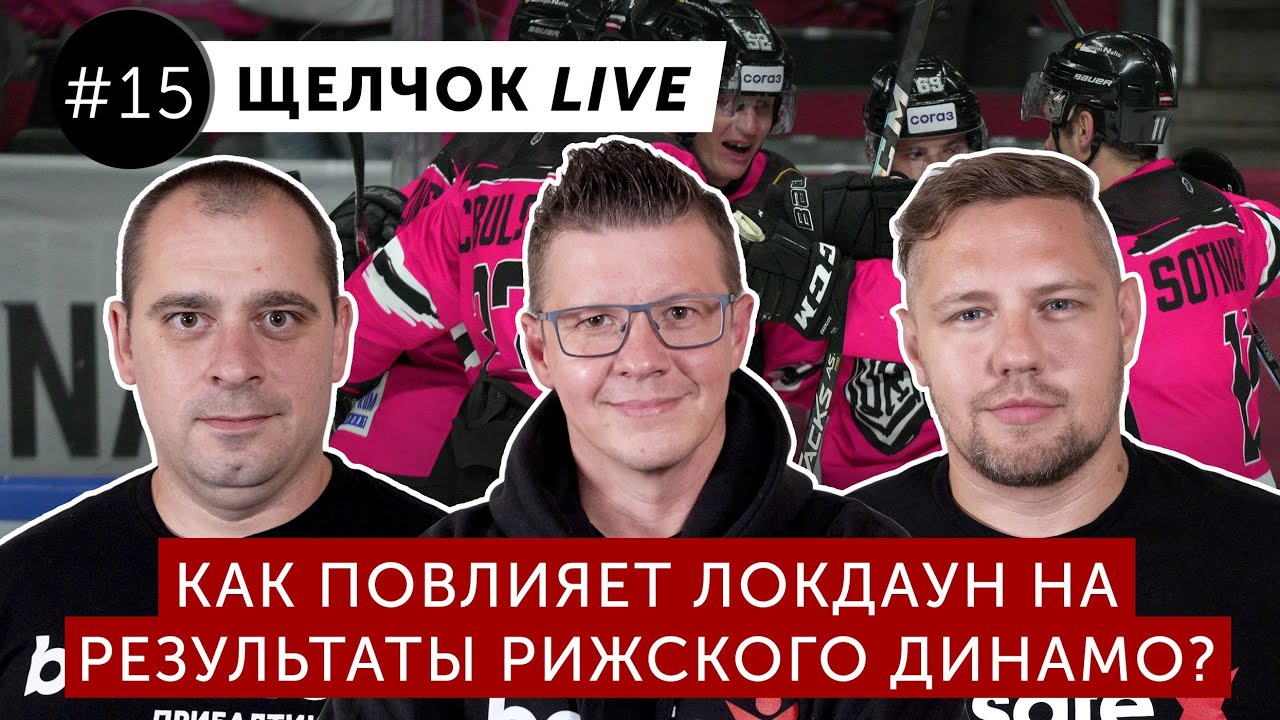 Buduschee Ovechkina Vozvraschenie V Moskovskoe Dinamo
May 07, 2025
Buduschee Ovechkina Vozvraschenie V Moskovskoe Dinamo
May 07, 2025 -
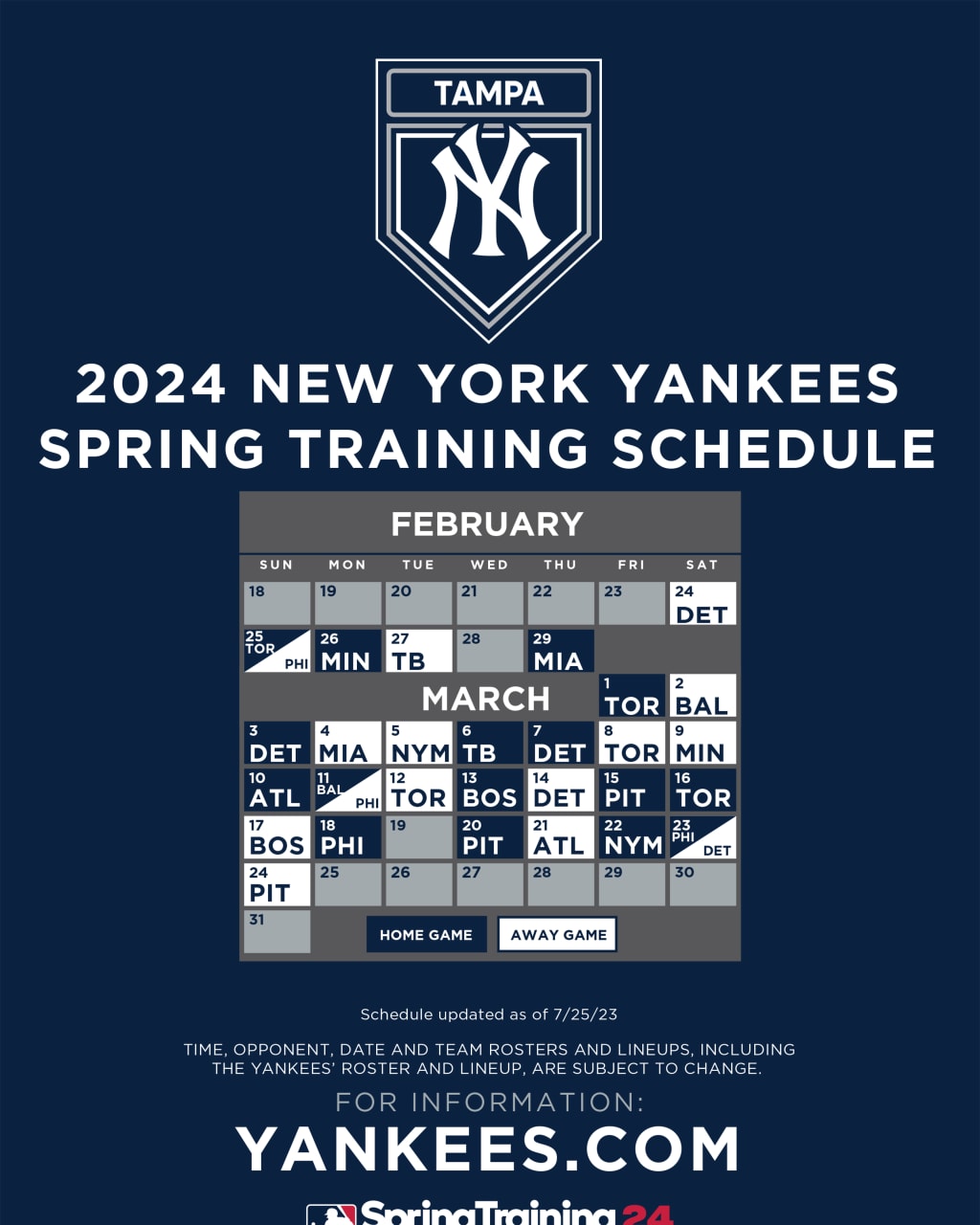 2000 New York Yankees Season Update Comeback Falls Short
May 07, 2025
2000 New York Yankees Season Update Comeback Falls Short
May 07, 2025
